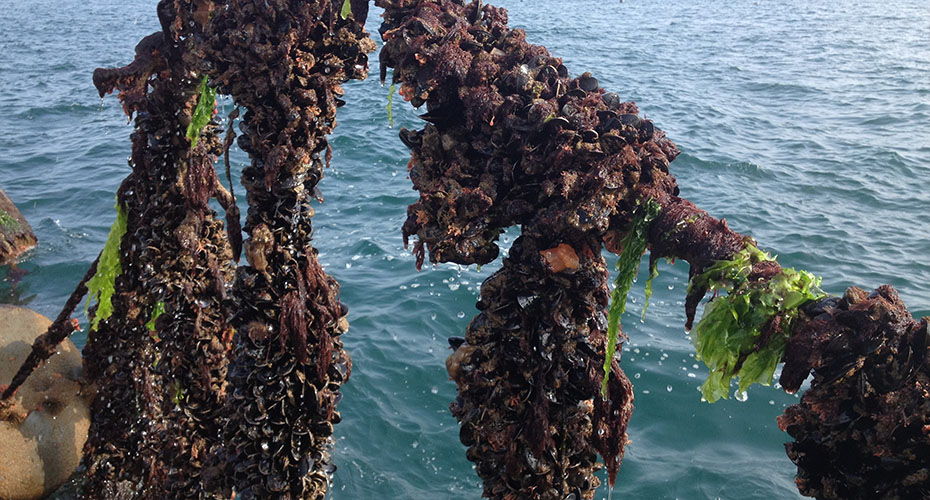Assessing and Mitigating the risks of Harmful Algal Blooms (AMHABs)
Assessing & Mitigating
This projects aims to develop a regional model for predicting the risks of harmful algal blooms.
Harmful Algal Blooms (HABs) or ‘red tides’ are a global issue and are increasing in frequency and impact globally, apparently in conjunction with climate change and nutrient enrichment. The production of biotoxins by HABs and/or the depletion of dissolved oxygen by decaying blooms, threaten shellfish and finfish aquaculture, including in UK coastal waters. HAB toxins can build up within marine species, such as shellfish, and become harmful to human health if ingested, even at relatively low toxin levels. In UK waters, HABs are currently estimated to cost marine industries over £20 Million per year, and increasing trends threaten to curb the growth of aquaculture.
The AMHABs project is funded by the European Maritime and Fisheries Fund (led by Dr Ross Brown) and aims to develop a regional model for predicting the HAB risks, both temporally and regionally (around the UK’s South West peninsula). Data for the model are collected based on environmental conditions known to promote blooms including increasing solar radiation, sea surface temperature, rainfall, nutrient runoff and seasonal succession in plankton communities. Model predictions complement ‘real-time’ monitoring via in situ sampling and ‘remote’ satellite sensing of high biomass, surface forming algal blooms. Predictions will allow existing aquaculture businesses to minimize the impact of HABs (e.g. informing the timing of shellfish harvesting, safeguarding food quality and human health) and be used to guide the placement of new infrastructure in the UK’s forthcoming Marine Spatial Plan for SW England (e.g. locating new farms in areas that have a low risk of HABs


